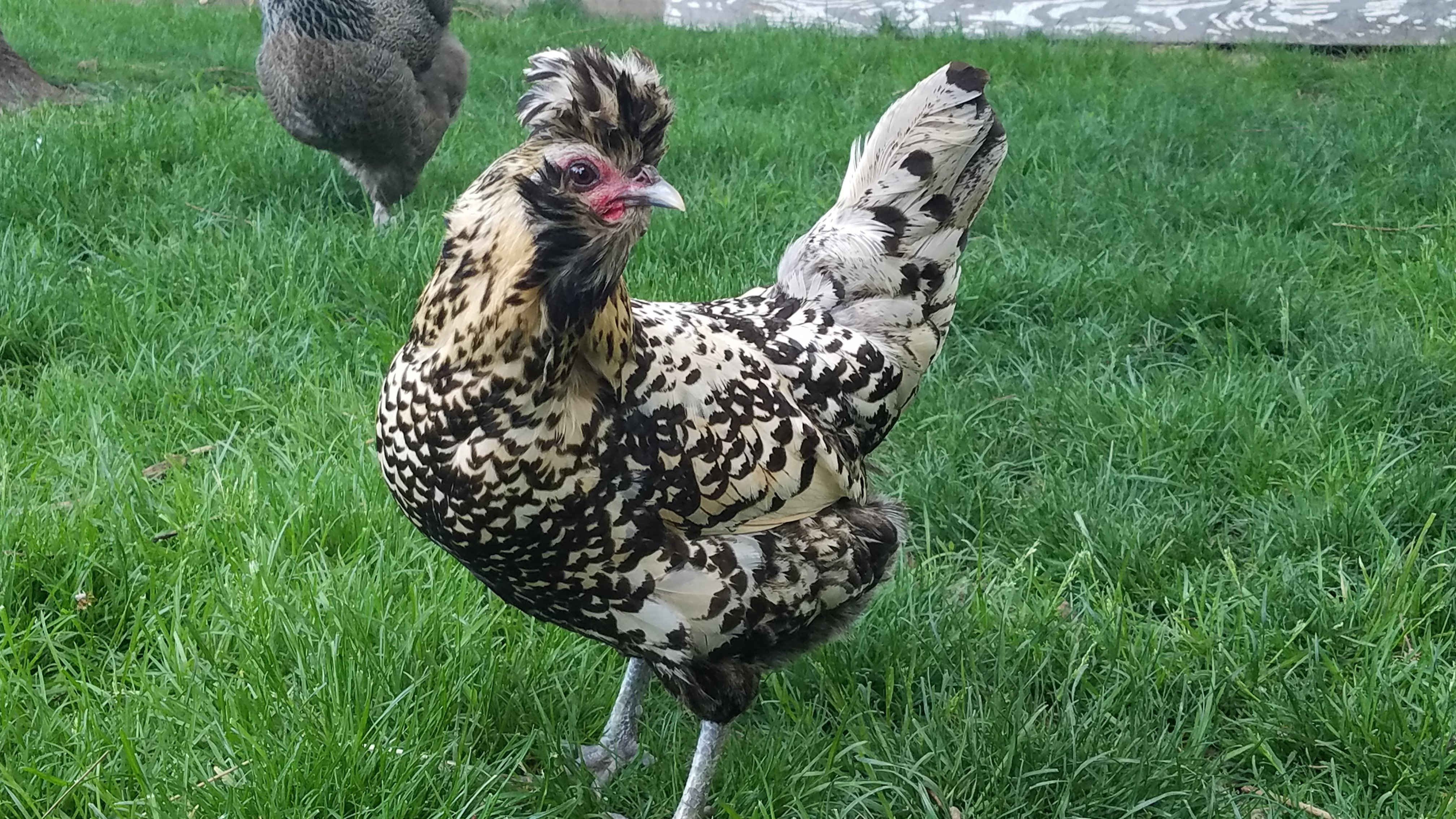13
Caring for Sentinel Chicken flocks, how can I maximize their quality of life? - SLRPNK
slrpnk.netThese chickens are kept to give blood samples each week to monitor for mosquito
born illnesses in the community. They have a very important job to do! The
department has taken the “lowest common denominator” approach to standard of
care. Most of the chickens are pecked nearly featherless with visible signs of
poor health. “They’re just chickens”, “the coop is gross” “I just go in to feed
them”, ect. I’m no expert, but this isn’t right. I’ve lost a lot of respect for
my coworkers, they aren’t reliable sources of information on care.
Coop has a dirt floor, with 2-3 inches of straw bedding. Soil was hard packed
before intense raking. Roughly 200sqft. They are fed Nutrena Country Feeds 16%
pellets in the feeder pictured below. When I visit, I give them a cup of the wet
pellets mixed with one of their eggs (I was told this is great for them?). I am
allowed to visit my girls for 30 minutes, every Monday, Wednesday and Friday. I
let coop #1 forage in a fenced area while I clean their coop, but coop #2
cannot. They are located deep in the woods, with no clear area I could watch
them. What can I do to give my girls the best possible life while they work for
science? My department only provides feed and straw, everything else is my
personal funds.
So far I’ve added bedding, supplement their diet with foraged invasive plant
species (from a safe source) and meal worm treats, hang cabbage heads to
entertain, and brought in novel objects for them to perch around on. The coop
not featured has a “merry go round” I’ve made out of a bike wheel.
How often (and how) should I clean the coop? Right now, I dig a hole in the
floor and bury all the roost poop, then rake all the bedding into a pile to
redistribute. I use a hose to wash out their water bowl and poop from any hard
surfaces. Is leash training a genuine option for life enrichment? The harness
fits, but it makes them SPRINT. Any and all advice is GREATLY appreciated, thank
you all so much :)
Attempted Cross post


I’m no professional but our Rhode Island Reds use to crazy for a little spaghetti once and a while but I’ll post some more realistic quality of life improvements that can lead to happy birds.
-Sunlight: it keeps the birds happy and happy birds lay more eggs
-Roost(s): I’ve had birds that preferred sleeping in nesting boxes (Silkies) and Leghorns that prefer roosting at night. Having a large roost or one that staggers is a nice sleeping area.
-Replacing the hay for the nesting boxes a little more frequently when cleaning the coop.
-Kitchen Scraps: I’m serious about the pasta if you have some kitchen leftovers and take care of what scraps to feed they will be ecstatic
-Heat lamp: It depends on the bird but if it gets below 40F a small heat lamp can do wonders for nighttime
I like the cement blocks, we use to put some smaller perches around outside and sometimes they’d get adventurous and try to walk them.
Silkies will do this because they cannot fly worth a damn. Be careful, I’ve had silkies go broody without any eggs simply because there was a nest box. They are baby crazy hens. You should never let your birds sleep in the nest boxes as they will foul the bedding quickly. I’ve had to add a curtain to mine to keep young pullets from avoiding the roosts and roosting in the nest boxes.
#1 way to burn down your coop and kill your birds. Chickens regulate their body temperature with feed, so just make sure they have plenty of feed and your birds will do just fine without a heat lamp. They just need to be out of the wind. While we don’t get a lot of sub-freezing temps here in Central Texas, my girls made it through several cold snaps last winter that drove temps to or just below freezing overnight without heat lamps no problem.